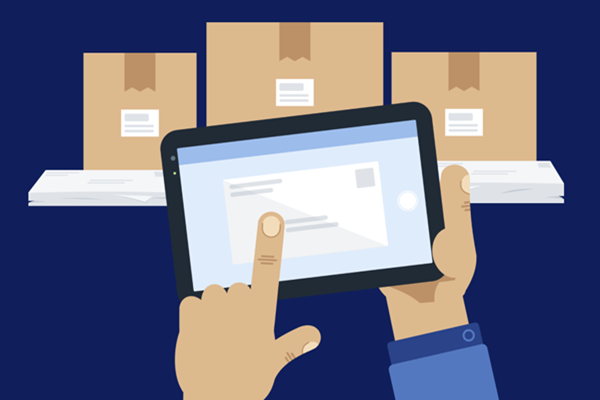In today’s fast-paced business landscape, adaptability and efficiency are paramount. As organisations strive to streamline operations and enhance productivity, many are turning to digital mailroom solutions to revolutionise their mail management processes. However, not all businesses are alike, and what works for one may not necessarily work for another. This is where customisation and scalability come into play.
Customisation and scalability are key factors to consider when implementing a digital mailroom solution. Tailoring the solution to fit the unique needs and requirements of your business ensures maximum efficiency and effectiveness. Let’s explore how customisation and scalability can help you optimise your digital mailroom.
- Understanding Your Business Needs: The first step in customising your digital mailroom solution is to gain a thorough understanding of your business needs. This involves assessing your current mail management processes, identifying pain points, and determining specific requirements and objectives.
- Flexible Integration: A customisable digital mailroom solution should seamlessly integrate with your existing systems and workflows. Whether you use document management software, CRM platforms, or other business applications, integration capabilities are essential for maximising efficiency and productivity.
- Tailored Workflow Automation: Every business has its own unique workflow requirements. A customisable digital mailroom solution allows you to tailor workflow automation processes to align with your specific business processes. This might include automated sorting, routing, and processing of incoming mail based on predefined rules and criteria.
- Adaptable Document Capture: Document capture is a crucial aspect of digital mailroom solutions. Customisable capture capabilities enable you to capture various types of documents, including paper mail, emails, faxes, and electronic documents, in multiple formats such as PDF, TIFF, or JPEG. Additionally, the solution should offer advanced OCR (optical character recognition) capabilities for accurate data extraction.
- Scalable Architecture: As your business grows and evolves, your digital mailroom solution should be able to scale accordingly. Scalability ensures that the solution can handle increased mail volumes, accommodate new users, and adapt to changing business requirements without compromising performance or efficiency.
- User-Friendly Interface: An intuitive and user-friendly interface is essential for maximising user adoption and productivity. Customisable dashboards and reporting tools allow users to easily access and analyse mail-related data, track performance metrics, and generate custom reports tailored to their specific needs.
- Continuous Improvement: Customisation and scalability are not one-time endeavours but ongoing processes. Regularly assess and fine-tune your digital mailroom solution to ensure it continues to meet your evolving business needs and objectives. This might involve incorporating feedback from users, identifying areas for improvement, and implementing new features or enhancements.
In conclusion, customisation and scalability are critical components of a successful digital mailroom implementation. By tailoring the solution to fit your business needs and ensuring scalability to accommodate future growth, you can optimise efficiency, enhance productivity, and stay ahead of the competition in today’s digital age.





One thought on “Tailoring Digital Mailroom Solutions to Fit Your Business Needs”